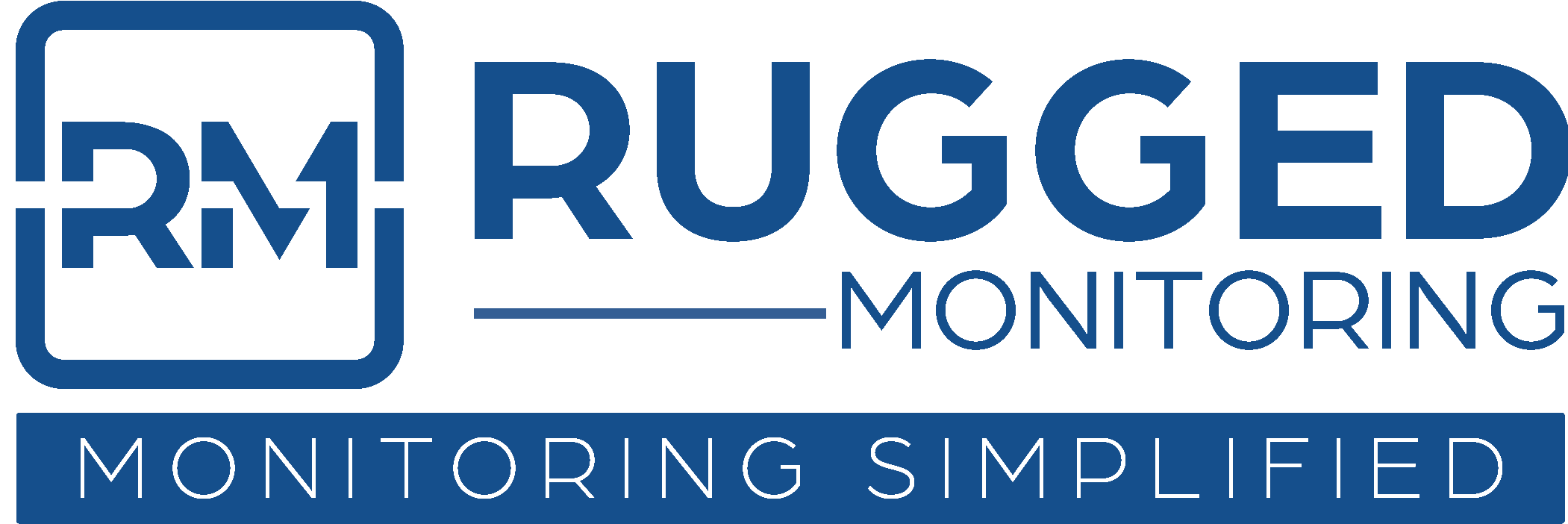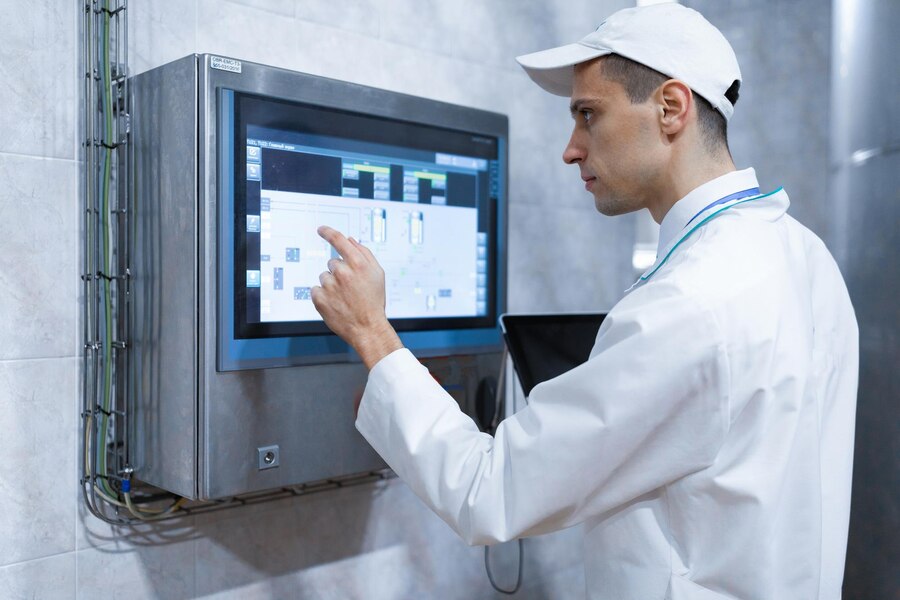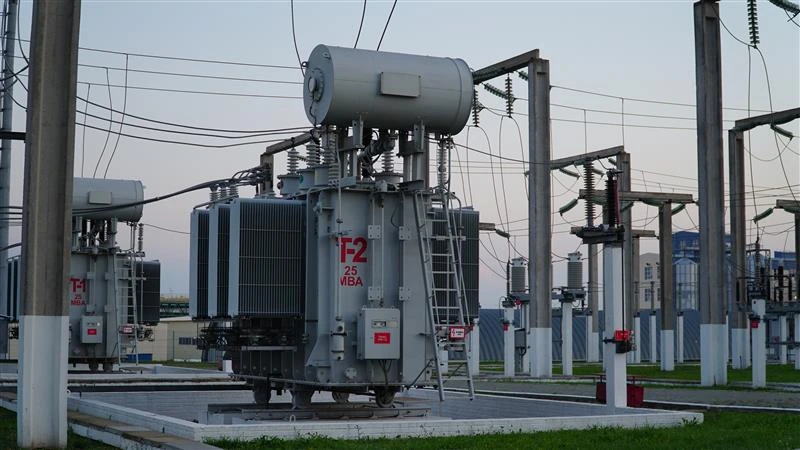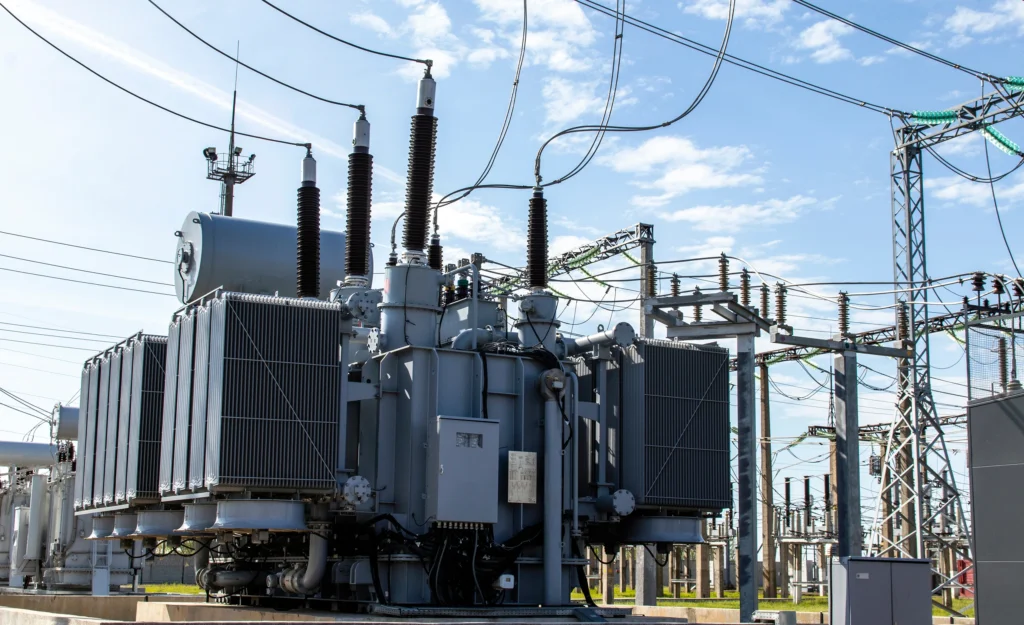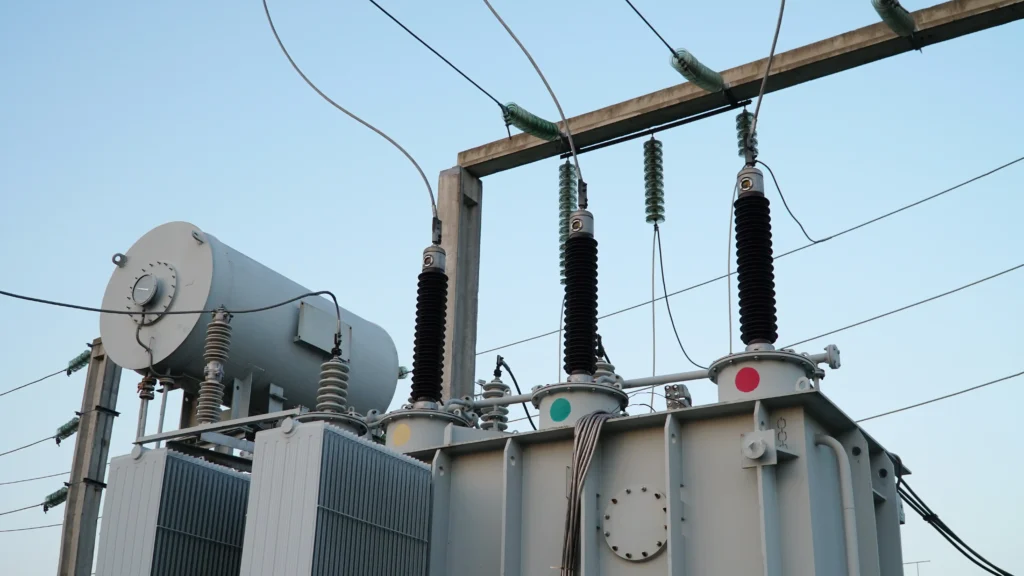Introduction
The electrical landscape is undergoing rapid transformations, with the health of transformers at its core. As the backbone of electrical infrastructure, transformers demand continuous monitoring to ensure their longevity and optimal performance. The emerging innovations in transformer core monitoring, fuelled by advanced electrical asset monitoring software, are setting new benchmarks in asset health management. This article delves deep into these innovations, their benefits, and the future of transformer core monitoring.
Challenges in Traditional Transformer Monitoring
Traditionally, transformer monitoring relied heavily on periodic manual inspections and rudimentary sensors. These methods, although functional, often missed incipient faults, leading to unplanned outages and expensive repairs. The lag in data collection, coupled with the absence of predictive analytics, made it challenging for asset managers and engineers to take timely action. Furthermore, with the increasing complexity of modern electrical systems, traditional monitoring methods proved inadequate, often failing to provide a comprehensive view of transformer health.
In the continuously evolving domain of electrical infrastructure, the transformer stands as a pivotal component, ensuring efficient energy transfer and system reliability. The health and performance of the transformer core, in particular, are paramount. Yet, traditional methods of monitoring these vital assets have often fallen short of modern requirements, presenting a myriad of challenges that impact operational efficiency and reliability.
- Lack of Real-time Data: Traditional transformer monitoring systems often rely on periodic manual inspections. This reactive approach fails to provide real-time insights into the transformer core’s health, leading to potential oversights and delayed interventions.
- Inaccuracy and Limitations: Older monitoring techniques, such as simple sensors and gauges, might not capture the full spectrum of potential anomalies or degradation in the transformer core. This lack of granularity can lead to undetected issues that may escalate over time.
- Absence of Predictive Analysis: Without the capabilities offered by modern electrical asset monitoring software, traditional methods lack predictive analytics. This means potential faults or failures are only detected once they manifest, rather than being anticipated and preemptively addressed.
- Limited Integration Capabilities: Older monitoring systems often operate in silos, without the ability to integrate seamlessly with other monitoring tools or software platforms. This lack of interoperability can hinder a holistic understanding of the entire electrical ecosystem.
- Increased Operational Risks: Without advanced monitoring, transformers are more susceptible to unexpected downtimes, leading to potential operational disruptions and financial implications.
- Compliance Challenges: With evolving industry standards and regulations, relying on outdated monitoring methods can pose compliance risks, potentially leading to legal ramifications and reputational damage.
In the modern era, where data-driven decisions are paramount, these challenges underscore the pressing need for innovations in transformer core monitoring. Advanced electrical asset monitoring software promises to bridge these gaps, ensuring that transformers not only operate at peak efficiency but also have their lifespans maximized.
Innovations in Transformer Core Monitoring
Advancements in technology have ushered in a new era of transformer core monitoring. Real-time data collection, enabled by sophisticated sensors and IoT devices, offers instantaneous insights into the transformer’s health. These systems not only track standard parameters like temperature and voltage but also delve into intricate metrics that were previously overlooked. Additionally, the integration of artificial intelligence and machine learning algorithms allows for predictive maintenance, flagging potential issues before they escalate. With cloud integration, asset managers can access this data from anywhere, ensuring continuous oversight and timely interventions.
The electrical sector, always at the forefront of technological advancements, recognizes the paramount importance of the transformer core in the entire energy transmission process. While traditional methods of monitoring have served their purpose, the demands of modern electrical infrastructures necessitate more sophisticated, real-time, and comprehensive monitoring solutions. Enter the realm of innovations in transformer core monitoring.
- Real-time Data Acquisition: One of the groundbreaking advancements in transformer core monitoring is the ability to acquire data in real-time. Utilizing advanced sensors and Internet of Things (IoT) devices, modern systems can capture and relay instantaneous data, allowing for immediate interventions when anomalies are detected.
- Predictive Analytics and Machine Learning: Modern electrical asset monitoring software leverages machine learning algorithms, offering predictive analytics capabilities. This means that potential issues can be flagged before they escalate, ensuring proactive maintenance and reduced downtimes.
- Cloud Integration and Remote Monitoring: With cloud-based solutions, asset managers and engineers can access transformer core data from anywhere, at any time. This facilitates continuous oversight, ensuring timely interventions even from remote locations.
- Enhanced Sensor Technologies: Advanced sensors, capable of monitoring a broader spectrum of parameters, offer a more granular view of the transformer core’s health. From temperature fluctuations to minute changes in voltage, these sensors ensure that no detail is overlooked.
- Integration with Asset Management Platforms: Modern monitoring systems can seamlessly integrate with other asset management platforms, providing a holistic view of the entire electrical system.
- Advanced Reporting and Visualization Tools: With modern software, data visualization has reached new heights. Engineers and managers can view intricate details of transformer core health using interactive dashboards, facilitating better decision-making.
These innovations, backed by rigorous research and development, promise to redefine the landscape of transformer core monitoring. As the industry moves towards a more data-driven approach, the integration of these advanced monitoring techniques becomes not just desirable, but essential. By embracing these innovations, companies can ensure the longevity and optimal performance of their transformers, leading to more efficient and reliable electrical infrastructures.
Benefits of Advanced Transformer Core Monitoring
The merits of advanced transformer core monitoring are manifold. Firstly, it significantly reduces unplanned downtimes, ensuring consistent power supply and minimizing operational losses. Predictive maintenance, enabled by these advanced systems, extends the transformer’s lifespan, providing substantial cost savings in the long run. The granular data insights facilitate better decision-making, allowing for optimized operations and energy efficiency. Moreover, the safety protocols in these systems ensure that transformers operate within set parameters, mitigating risks and ensuring compliance with industry standards.
The vital role of the transformer core in the realm of electrical engineering is unequivocal. As the heart of electrical energy transmission, its health and efficiency directly impact system reliability and operational costs. Advanced transformer core monitoring, empowered by modern electrical asset monitoring software, offers a multitude of benefits that far surpass traditional monitoring methods.
- Enhanced Reliability: One of the primary advantages of advanced monitoring is the heightened reliability it offers. Real-time data acquisition, combined with predictive analytics, ensures that potential issues are detected and addressed before they escalate, thereby minimizing system downtimes.
- Cost-Efficiency: With the ability to predict and preempt faults, companies can schedule maintenance activities more effectively, avoiding expensive emergency repairs and replacements. Furthermore, the extended lifespan of the transformer core, owing to better maintenance practices, results in significant capital savings in the long run.
- Optimized Operational Efficiency: Advanced monitoring tools, provide a holistic view of the transformer’s performance. This facilitates data-driven operational decisions, ensuring optimal performance and energy efficiency.
- Safety Enhancements: Real-time alerts and notifications from advanced monitoring systems ensure that any anomalies or potential hazards are immediately flagged. This proactive approach significantly reduces the risk of electrical accidents, safeguarding both equipment and personnel.
- Data-Driven Decision Making: The wealth of data provided by modern monitoring systems allows stakeholders to make informed decisions. Whether it’s about transformer replacement, upgrades, or maintenance scheduling, data analytics provides invaluable insights.
- Regulatory Compliance: As regulations become more stringent, maintaining compliance becomes crucial. Advanced transformer core monitoring ensures that companies adhere to industry standards, avoiding potential legal ramifications and ensuring a reputation of reliability and safety.
- Environmental Stewardship: Efficient transformers, monitored and maintained through advanced systems, consume less energy and have a reduced carbon footprint. This not only translates to cost savings but also positions companies as environmentally responsible entities.
The benefits of advanced transformer core monitoring are manifold, promising a future where electrical assets are managed with precision, efficiency, and foresight. Embracing these modern solutions is not just a step towards operational excellence but a leap towards a sustainable and reliable electrical future.
Case Studies and Real-world Implementations
Real-world applications provide a testament to the transformative potential of advanced transformer core monitoring. For instance, a utility company, plagued by frequent transformer failures, integrated a modern monitoring system. The result? A drastic 70% reduction in unplanned outages and substantial cost savings. Similarly, an industrial plant leveraged advanced monitoring to optimize its energy consumption, resulting in a 15% increase in energy efficiency. These case studies underscore the tangible benefits and the pivotal role of transformer core monitoring in modern electrical infrastructures.
The theoretical advantages of advanced transformer core monitoring are evident. Yet, its real-world implications are best understood through tangible case studies and actual implementations. These instances not only validate the benefits of such monitoring systems but also provide insights into their practical applications.
- Utility Company’s Maintenance Overhaul: A major utility company, facing frequent transformer failures and costly downtimes, decided to transition from their traditional monitoring system. By embracing an advanced transformer core monitoring solution, they witnessed a drastic reduction in unscheduled maintenance, enhanced operational efficiency, and substantial cost savings over a year.
- Industrial Plant’s Energy Efficiency Boost: An industrial manufacturing plant, aiming to improve its energy efficiency, incorporated a modern transformer core monitoring system. The result was a 15% reduction in energy consumption, attributed to the real-time analytics and proactive maintenance facilitated by the monitoring software.
- Government Infrastructure Project: An urban infrastructure project, backed by a government agency, utilized advanced transformer core monitoring to ensure the reliability of their public utilities. The system’s predictive analytics flagged potential issues well in advance, allowing for timely interventions and ensuring uninterrupted services for the public.
- Research Institution’s Data-Driven Insights: A leading research institution, focusing on electrical engineering studies, adopted transformer core monitoring tools for their on-campus utilities. The wealth of data they garnered provided invaluable insights for their research, paving the way for further advancements in the field.
These real-world implementations underscore the transformative impact of advanced transformer core monitoring. By leveraging the capabilities of modern electrical asset monitoring software, organizations across various sectors have realized tangible benefits, reinforcing the need for such innovations in today’s electrical landscape.
Future Trends and Developments in Transformer Core Monitoring
The realm of transformer core monitoring is continuously evolving. With the advent of technologies like 5G and edge computing, the future holds even more sophisticated monitoring solutions. Virtual twin simulations, where the entire transformer’s operation is replicated virtually, are on the horizon. These simulations, combined with real-time data, will provide unparalleled insights into transformer operations. Furthermore, the integration of renewable energy sources and the increasing emphasis on green energy will necessitate even more advanced monitoring solutions, ensuring transformers operate optimally in these dynamic environments.
As we navigate through an era characterized by rapid technological advancements and increasing demands on power systems, the significance of efficient and reliable transformer core monitoring cannot be understated. Future trends and developments in this domain are poised to revolutionize how industries approach electrical asset management.
- Integration of Artificial Intelligence (AI): The adoption of AI in transformer core monitoring is on the horizon. AI algorithms, when coupled with sensor data, can predict anomalies with greater accuracy, facilitating proactive maintenance. Furthermore, machine learning models can continuously adapt and improve, offering enhanced fault prediction over time.
- IoT-Driven Monitoring Systems: The Internet of Things (IoT) will play a pivotal role in the next generation of transformer core monitoring. By connecting sensors and devices to a centralized cloud platform, real-time data can be accessed and analyzed remotely, ensuring timely interventions irrespective of geographical constraints.
- Advanced Thermal Imaging: The advancements in thermal imaging will allow for more precise temperature readings, identifying hotspots and potential faults within the transformer core with unprecedented accuracy.
- Energy Harvesting Sensors: Future monitoring systems might employ sensors that harness energy from ambient sources. This not only reduces the system’s energy consumption but also enhances its sustainability.
- Enhanced Integration with Asset Management Software: Seamless integration with electrical asset management platforms will become a standard feature. This holistic approach will provide a comprehensive overview of the entire electrical system, streamlining operations and maintenance.
- Global Standards and Protocols: As transformer core monitoring becomes ubiquitous, global standards and protocols will emerge. These standards will ensure consistency, reliability, and interoperability across different monitoring systems.
- Sustainable and Eco-friendly Solutions: With the global push towards sustainability, monitoring systems will evolve to be more energy-efficient and environmentally friendly, minimizing their carbon footprint.
- The trajectory of transformer core monitoring is clear: A future dominated by intelligent, interconnected, and sustainable solutions. As industries globally recognize the imperative need for such advanced systems, investments in research and development will surge, driving further innovations in this critical domain.
Conclusion
The future of electrical infrastructures is intrinsically tied to the health of transformers. As the industry progresses, the role of advanced transformer core monitoring will only become more pivotal. By embracing these innovations, stakeholders can ensure not only the longevity of their transformers but also the reliability of the entire electrical system. As technology continues to advance, the horizon of possibilities in transformer core monitoring expands, promising a future of unparalleled efficiency and reliability.
